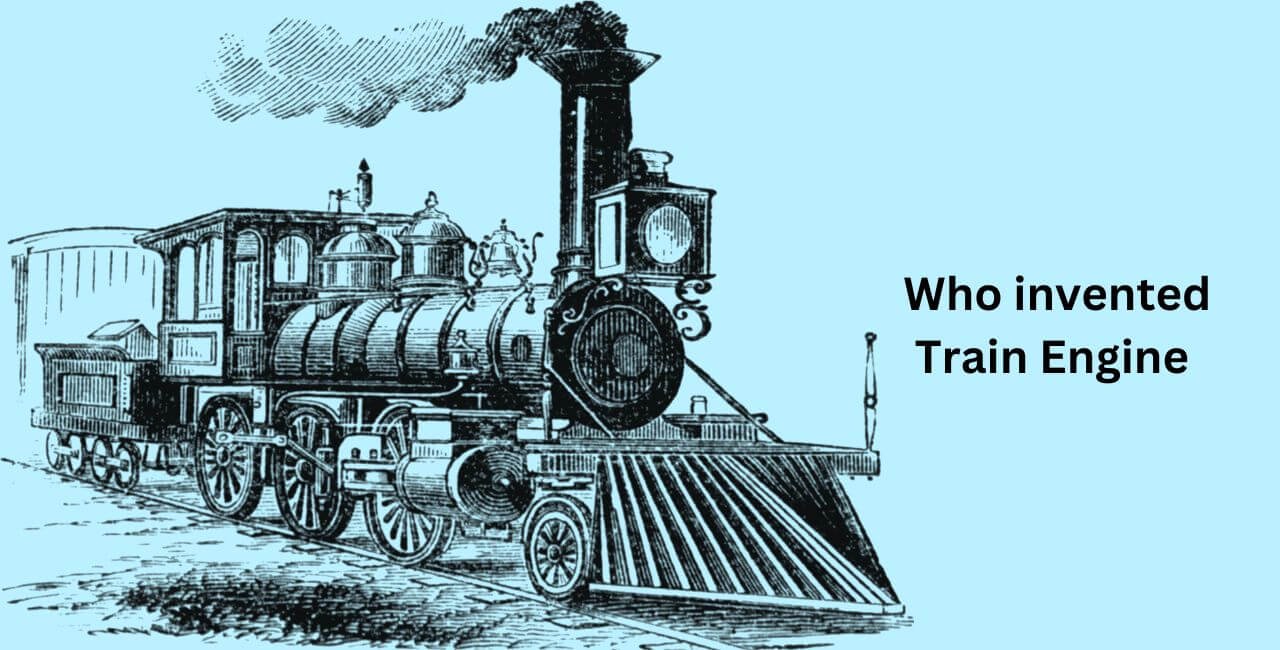Who invented Train Engine? The train engine, also known as the steam locomotive, was invented by George Stephenson. He is often referred to as the “Father of Railways” for his significant contributions to railway engineering.
Stephenson’s first locomotive, named “Blücher,” was built in 1814. However, his most famous locomotive, “Locomotion No. 1,” was built in 1825 for the Stockton and Darlington Railway, the world’s first public railway to use steam locomotives.
Stephenson’s innovative work laid the foundation for the development of rail transport worldwide.
Invention of the Train Engine
Early Developments
The concept of a steam-powered engine dates back to the early 18th century. Key contributors include:
- Thomas Newcomen: Built the first practical steam engine in 1712, used primarily for pumping water from mines.
- James Watt: Improved Newcomen’s design in the late 18th century, enhancing efficiency and power.
George Stephenson
- Birth: June 9, 1781, in Wylam, England.
- Early Work: Worked as a coal miner and later a machinist, gaining practical engineering experience.
Key Achievements
- Blücher (1814): Stephenson’s first locomotive, capable of hauling heavy loads.
- Locomotion No. 1 (1825): Built for the Stockton and Darlington Railway, the world’s first public railway to use steam locomotives.
- The Rocket (1829): Won the Rainhill Trials, proving the superiority of steam locomotion for rail transport.
Impact and Legacy
- Standard Gauge: Stephenson established the standard gauge of 4 feet 8.5 inches, still used worldwide.
- Railway Expansion: His work led to the rapid expansion of railways across Britain and the world, revolutionizing transportation and commerce.
Conclusion
George Stephenson’s innovations in steam locomotive design and railway engineering laid the foundation for modern rail transport, earning him the title “Father of Railways.” His practical and effective designs catalyzed the industrial revolution and global connectivity.
